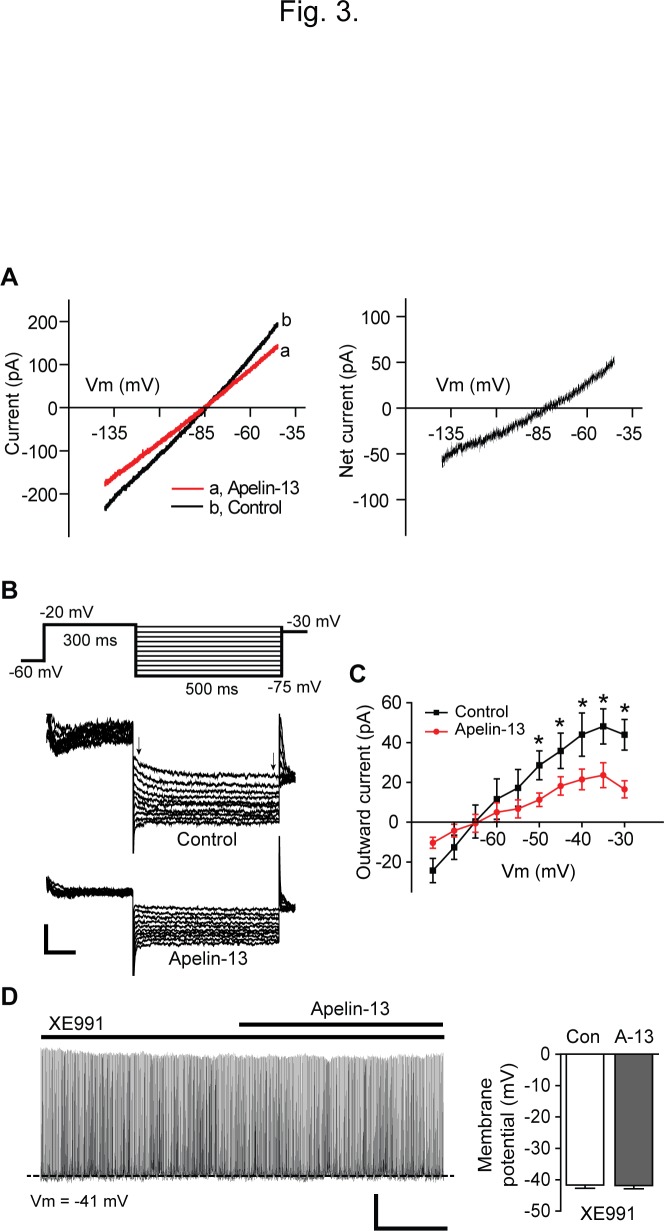Fig 3. Apelin-13 inhibits M-type potassium current.
(A) Current-voltage (I-V) relationship of the apelin-sensitive current. Left panel shows the whole-cell membrane currents in response to ramping the membrane potential from -140 mV to -30 mV before and after application of apelin-13 (100 nM). Right panel: The I-V relationship shows that the reversal potential of the apelin-sensitive current was -84.3 ± 1.4 mV (n = 10 neurons). (B and C) Sample membrane currents in response to voltage steps (a voltage jump to −20 mV was followed by steps from -25 mV to -75 mV; 5 mV step for 0.5 s) with and without apelin-13 at a holding potential of -60 mV (B). Apelin-13 inhibited the outward current (C). Scale bar: 100 pA, 100 ms. (D) Sample recording trace showing change in membrane potential before and during treatment with apelin-13 in the presence of the KCNQ channel blocker XE991 (left panel). Right panel: Pooled data of membrane potential of POMC neurons with apelin-13 (A-13) and XE991 (n = 12 neurons). Scale bar: 20 mV, 2 min.

